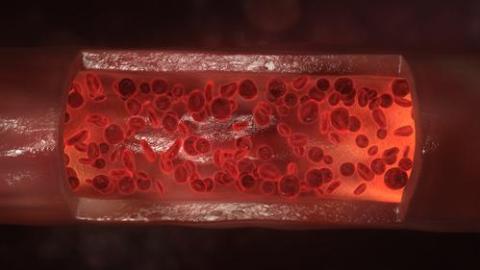New Health Monitor Swims the Bloodstream

What’s the Latest Development?
Medical scientists at Stanford have created a tiny computer chip capable of navigating the body’s blood vessels while monitoring patient health and delivering drugs. While the device holds medical promise, it was a breakthrough in mathematics that allowed researchers to overcome previous barriers to powering the chip. Traditional batteries take up too much space, not to mention the problem of corrosion. By recalculating old equations and accounting for the body as an electricity insulator, magnetism became a suitable power source.
What’s the Big Idea?
Minute wireless devices of this kind could usher in an era of telemedicine, completely transforming health care by enabling novel, and non-invasive, ways to monitor patient health and administer treatments. In the future, the chips could even “zap blood clots or remove plaque from sclerotic arteries.” By using direct current, the device can zip through the bloodstream at a half-centimeter per second. Other devices, like heart probes, chemical sensors, cochlear implants and pacemakers, would remain stationary in the body.
Photo credit: shutterstock.com




